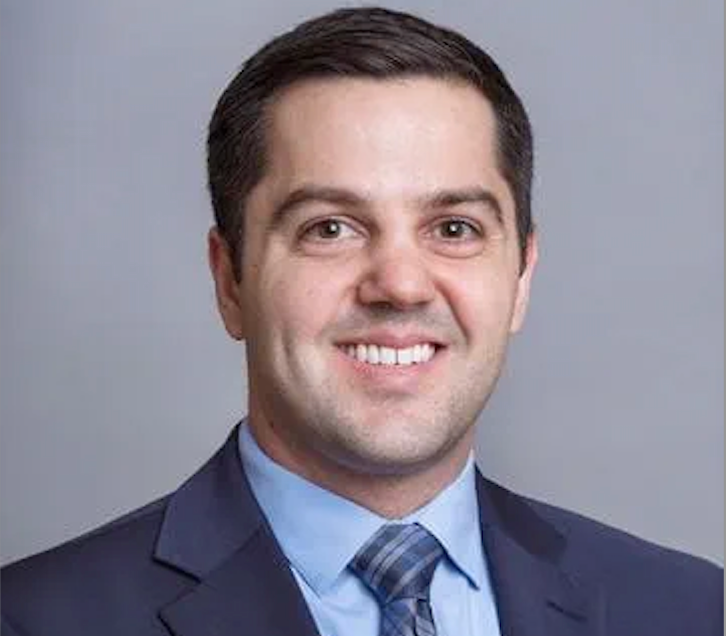Article
Pediatric Obstructive Sleep Apnea Treatment Linked with Periodic Limb Movement of Sleep
Author(s):
The team aimed to examine the impact surgical treatment of obstructive sleep apnea had on periodic limb movement index in pediatric patients.
Daniel Ignatiuk, MD
Credit: Cincinnati Children's Hospital

Data featured at SLEEP 2023 in Indianapolis, IN, showed effective treatment of obstructive sleep apnea resulted in higher frequency of periodic limb movement of sleep (PLMS) among a majority of pediatric patients with the condition. Previous research has yielded inconsistent findings regarding changes in PLMS frequency following disease management.
In this investigation, Daniel Ignatiuk, MD, pulmonary fellow, Division of Pulmonary and Sleep Medicine, Cincinnati Children's Hospital Medical Center, led a team that aimed to further examine the impact surgical treatment of obstructive sleep apnea had on periodic limb movement index (PLMI) in pediatric patients.
“The relationship between obstructive sleep apnea and PLMS is not completely understood, especially among pediatric patients,” investigators wrote. “Previous research describes varied changes in PLMS following obstructive sleep apnea treatment, including increased, decreased, or unchanged PLMS frequency.”
Pediatric Periodic Limb Movement of Sleep
The study identified 198 children who exhibited PLMI ≥ 5/hour after undergoing upper airway surgery for the condition by conducting a retrospective chart review. Evidence of significant PLMS was necessary either pre-treatment or post-treatment for inclusion.
The time period for polysomnograms was between January - July 2022. Patients with an inadequate sleep time of < 2 hours were excluded.
At the pre-treatment polysomnogram, the population's average age was 5.3 years, ranging from 1.1 - 16.9 years. Of the patients, 129 (65.2%) were male and the most common treatment for obstructive sleep apnea was adenotonsillectomy (n = 136).
Changes in PLMI and obstructive apnea-hypopnea index (OAHI) were monitored between pre- and post-treatment polysomnograms within 12 months of obstructive sleep apnea treatment. The data were analyzed using mixed-effect linear models.
Variances in OAHI
The overall OAHI decreased from 12.3 (SD, 15.3) - 5.3(SD, 8.1) per 1 hour after treatment, while the PLMI increased from 5.5 (SD, 8.5) - 7.0 (SD, 8.7), resulting in an average PLMI increase of 1.5/hour (P = 0.04).
Patients with decreased OAHI following treatment (n = 152) displayed a mean PLMI increase of 2.3 per 1 hour (P = 0.004). In contrast, patients with increased OAHI following treatment (n = 44) did not exhibit a significant change in PLMI.
Additionally, 74 patients (37.4%) developed significant PLMS after treatment, and 36 patients (18.2%) had significant PLMS both before and after treatment.
Investigators expressed the potential these findings have to further understanding of the relationship between obstructive sleep apnea and PLMD in children.
References:
- Ignatiuk D, Nakamura A, Hossain MM, Simakajornboon N. 0794 Effect of Surgical OSA Treatment on Periodic Limb Movements of Sleep in Pediatric Patients. SLEEP. 2023;46(Supplement_1):A350.




